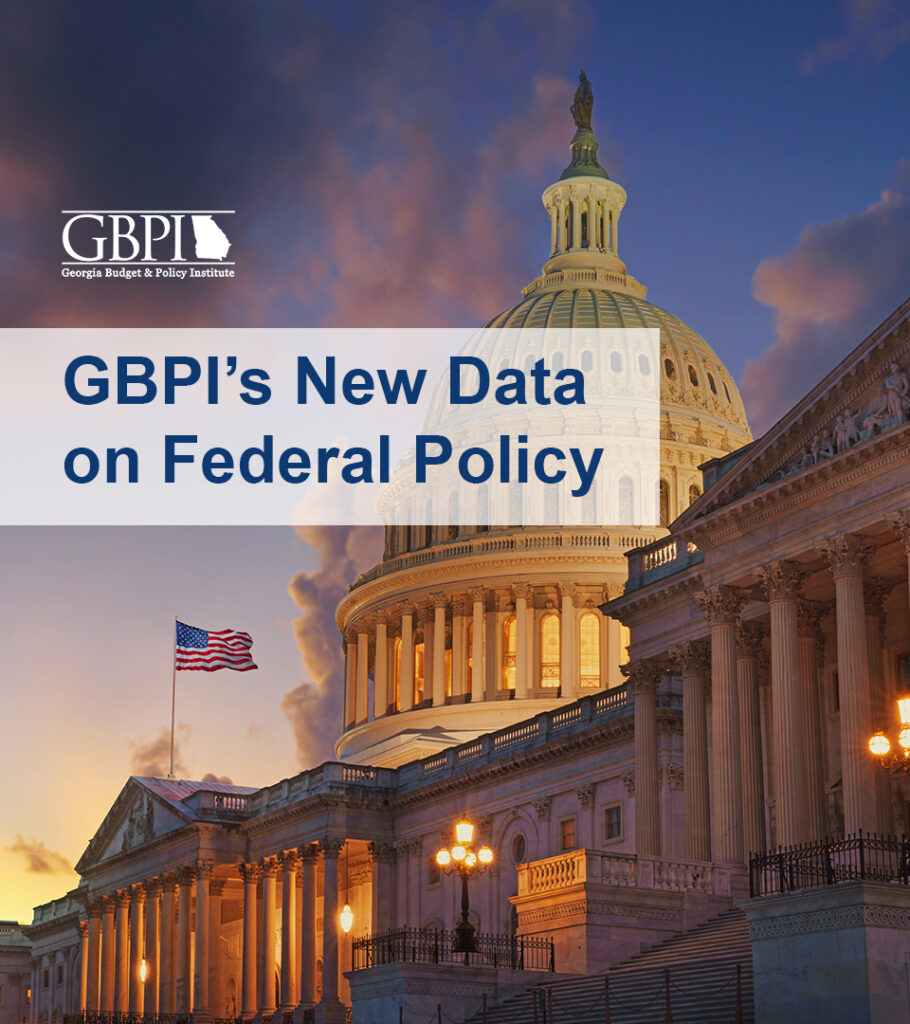Gov. Nathan Deal just signed the state’s budget for the 2017 fiscal year that kicks in this July and once again we heard that the $23.7 billion spending plan represents a “record budget.” While the recently signed budget promises to move the state forward in many ways, it is important to remember that Georgia is still slowly working back to where it was prior to the Great Recession. We are still stuck in the year 2000 as measured on an inflation-adjusted, per-capita basis. The 2017 budget is on par with the state spending plan from the turn of the century and reflects about an 8 percent drop from the final 2008 budget, which was slashed during the recession’s initial squeeze.
Still, the 2017 budget makes substantial and real new state investment to help meet the needs of a growing state through $1.9 billion in new spending, compared to the 2016 budget the governor signed about this time last year. A lot of the new revenue is from a transportation funding package that passed in the 2015 session, but wasn’t folded into the state spending plan approved at the time. General fund revenues are forecast to expand by nearly $1.2 billion in 2017, for a 6 percent increase over this year. Lottery revenues are expected to grow by $96 million, or nearly 10 percent, while motor fuel funds are predicted to increase by more than $650 million, or almost 66 percent.
Just because Georgia is still struggling to restore state spending to pre-recession levels does not diminish the importance of new targeted funding added in 2017. Lawmakers added more than $200 million to boost state employee salaries after years of stagnant pay even as workloads increased to meet demand for services in the wake of the Great Recession. The increases include extra bumps designed to retain talent in high-turnover positions in the departments of Public Health, Behavioral Health and Developmental Disabilities, Corrections and Juvenile Justice. The budget also allots nearly $45 million in general fund money that leverages more than $90 million in federal money to increase payment rates for some primary care services provided to Medicaid patients. The spending plan also adds more than $100 million to boost out-of-home placement programs in the Department of Human Services, which is experiencing recent substantial growth.
Teachers across the state also stand to benefit as the budget adds $300 million to the K-12 education budget to help districts eliminate furlough days, return to a full school calendar and boost teacher pay. Some school districts are reporting as they put together their local budgets they still don’t have enough to give raises and cover other new expenses. Even if the increase did cover raises next school year, it doesn’t fully close the austerity cut to the state’s Quality Basic Education funding formula, which stands at about $167 million in 2017. Although some lawmakers hint the remaining austerity cut could be eliminated next year as part of the governor’s plan to revamp the state’s funding formula, even that leaves Georgia’s K-12 education investment well below the national average. Fully addressing the challenges facing Georgia’s students, teachers and schools is likely to require increased investment, especially to give students from economically disadvantaged communities a better chance to achieve like their more affluent peers do.
All that said, the list of needs not addressed in the 2017 budget is significant. More than 300,000 Georgians fall into a health insurance coverage gap because Georgia offers very limited Medicaid eligibility thresholds and the state refuses to accept $3 billion a year in federal money to extend coverage to more Georgians. More than 10,000 Georgians with developmental or physical disabilities remain on waiting lists for state services. Meanwhile, pre-k class sizes remain too high throughout Georgia undermining the program’s quality.
Lawmakers took several positive steps when the 2017 budget is considered as a whole. Perhaps most importantly lawmakers in the House resisted the temptation to approve a dangerously large, election-year tax cut that threatened to substantially hinder their ability to maintain the investments added this year. But emerging from the recession’s shadow is an achingly long process and lawmakers will find plenty on their plate next January when they return for the 2017 session to once again put together a new state budget. Big issues like education and health care are givens. And we should all prepare for a surprise or two, because those are givens too.








